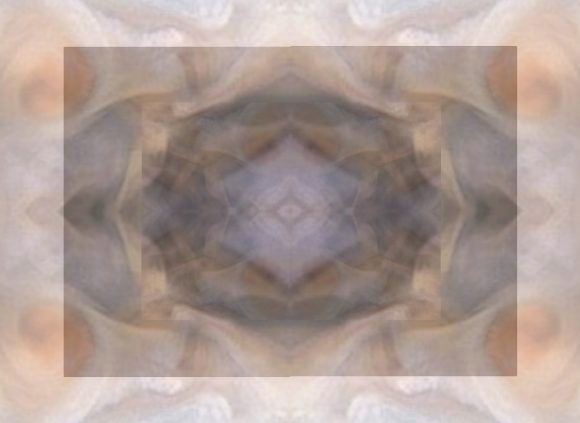When we discuss the journey to the underworld, we’re on a metaphorical level of speaking. “Metaphorical”, of course, can mean different things to different people. At the very least, however, it means that we should not take metaphorical talk “literally”: in our case, the underworld is not “below” the world in the sense that it would be a place, located in spatiotemporal terms somewhere “below the earth”. Likewise, the “journey” is not a physical movement from one place to another. (And by extension, to speak of the realm of Hades, the world of the dead, does not mean a literal place where people end up literally after their literal, i.e. physiological death.)
Instead, metaphorical expressions are used here to refer to something else entirely; and we have to use them because we know, so far, too little about that “something”: we simply don’t have fitting and precise words (and theories that govern such vocabularies) yet. We use metaphors to grope our ways towards a rough understanding, and from there we may build terminologies in their own right which cover that “something”.

Of course, in the case of the underworld, and underworld journeys, we’re already in a somewhat better position. These metaphors, after all, come from older narratives (myths), and we can read them under the assumption that much of it refers (metaphorically) to psychological processes for which we do have some other vocabularies nowadays. Thus a certain habit has emerged to routinely translate underworld metaphor into psychological description (“psychological” is used here in the sense in which it is used in analytical psychology, which is to some extent idiosyncratic; that, of course, adds an additional layer of complexity). We should be aware, however, that such translation frequently relies on some background theory: when Hillman offers a psychological description, for instance, for a mythical notion such as “Hades’ realm”, this connection is not simply a synonymity. It’s not the same as simply noting that, for example, “Sanduhr” means the same in German as “hourglass” means in English. For even if we grant the general theory that ancient myth is a metaphorical expression for the same thing that psychological description describes, there still can be quite different interpretations of specific notions, terms, metaphors, and narratives. Thus when Hillman and Campbell talk about the underworld and the journey to and back from it, their ideas can be quite different as to how the “journey” metaphor, on the one hand, and the equivalent psychological dynamic, on the other hand, hang together. There are in fact no “commonly accepted” connections between any mythical metaphor and equivalent psychological description: there are various psychological theories, and each is characterized precisely by its specific way in which it formulates such connections.




[…] when we talk about the journey to the underworld, the metaphor indicates not a literal change of place: the individual remains in the same life they have been living already. Rather, it means a […]
[…] have written that talk about the underworld (and underworld journeys) in authors such as Jung and Hillman is […]
[…] journey to the underworld is a metaphor for an individual’s turn inwards, and their corresponding withdrawal from the external world with […]